Quick overview
- Fresh looks
- Lots of safety kit
- Cabin space is generous
- Un-involving to drive
- Missing some kit in lowest trim
- Mediocre refinement
Vauxhall is to be commended for the comprehensive makeover job it pulled off to create the Grandland from the previous Grandland X. This mid-size SUV is now one of the better looking cars in its sector without being too in-your-face like the Peugeot 3008 or Hyundai Tuscon. For many drivers, the Grandland is just the right mix of contemporary and conservative while still offering that SUV look. Just to remind you, though, this is no off-roader, even in the mild form of a Range Rover Evoque or Suzuki Vitara, so the Grandland is strictly a car to use on paved roads.
With this in mind, you’ll find the Grandland is easy to drive in a wholly undemanding, uninteresting manner. Where a Ford Kuga offers up some fun when the road ahead is empty and begins to twist and turn, the Vauxhall finds itself a bit out of its depth. Much better to stick to the main roads where the comfort leanings of the Grandland can be enjoyed.
Vauxhall offers the Grandland with three power options, making it one of the more broadly based ranges of mid-size SUV. You can have it with turbocharged petrol, turbodiesel, or a petrol-electric hybrid powerplant that allows the car to travel up to 39 miles on battery power alone. That’s a sufficient range for many users’ daily commute to and from work, so the Grandland could work on electric power almost all of the time depending on your journey needs.
Inside, the Vauxhall Grandland has plenty of room for passengers, and there’s a good sized boot. If you side-step the basic Design trim, the rest come with a generous amount of standard equipment, including front seats designed to be kind on your back during long trips.
Infotainment, comfort and practicality
Take a seat in the Vauxhall Grandland and you’ll find it offers a very good driving position. The chair is set higher than in many of its rivals, though it’s not quite as lofty as the Volvo XC40’s. Every Vauxhall Grandland comes with height adjustment for the driver’s pew, and the upper two trims also have electrically adjusted lumbar support. This is part of Vauxhall’s active driver system to promote better back health for longer drives, though some may find the seat itself quite firmly padded and not as cosseting as you’d like for those further afield trips. The steering wheel moves for reach and rake, so finding an ideal seating position is simple, and the view to the front and sides is excellent in the Grandland, helped by that raised seat. All models come with a reversing camera, which is upgraded from a 180-degree view to 360-degree view in the Ultimate trims, which is also the only Vauxhall Grandland to come with standard front and rear parking sensors.
The main instrument display in the Vauxhall Grandland is a digital screen and works perfectly well as it’s easy to read and can be configured to some extent using the steering wheel buttons. In the Design, this is a 7.0-inch item, while the higher trims have a 12-inch display that is much better to look at and use. Vauxhall sticks with physical buttons for the air conditioning set-up, which is a welcome relief compared to the Peugeot 3008 with which the Vauxhall Grandland shares a good deal of its components. The Peugeot forces the driver to alter the ventilation using the infotainment touchscreen, while in the Vauxhall this is used for the more obvious functions of the stereo and pairing with your phone. All Grandlands have Apple CarPlay and Android Auto, and the Design trim comes with a 7.0-inch colour touchscreen. Move up to the other two trims in the line-up and you get a 10.0-inch screen that comes with sat-nav included.
Move to the rear of the Vauxhall Grandland and the back doors open wide to give good access to the bench. The bench itself is flat and has very little in the way of contours, so it makes it simple to fit three people across the seat. There’s a reasonable amount of room for knees, feet, shoulders and heads, though the Vauxhall is not the most spacious in this class. Nor does its seat offer any clever tricks to aid room or versatility. However, it does come with a trio of three-point seat belts and Isofix child seat mounts on the two outer chairs.
In the boot of the Vauxhall Grandland, the rear seat is split 60-40, which again means it’s not quite as versatile as competitors with a 40-20-40 division of the back seat. Not that this stops the Vauxhall Grandland from offering excellent boot space thanks to 514-litres with the seats up and a very good 1652-litres with them folded. In the hybrid version of the Grandland, the battery pack eats up boot space, so you have to make do with between 390- and 1528-litres.
2022 Vauxhall Grandland engines: how does it drive?
There are some very good cars to drive in all situations in the mid-size SUV sector, but the Vauxhall Grandland is not one of them. It sits resolutely in the middle rankings, so it’s not terrible but there are plenty that are more comfortable, refined, entertaining, or all three. In town, the Grandland gives a decent account of itself thanks to light steering that means you don’t have to work hard to turn the wheel when parking. All models have a reversing camera, and the Ultimate top spec model comes with front and rear parking sensors to further help out. Whether you choose a Grandland with the six-speed manual or an automatic gearbox, it's easy to trickle through busy traffic, and the turning circle is tight enough to make awkward junctions something you don’t have to worry about. However, the suspension does pick up on some minor ripples that you wouldn’t notice in a Skoda Karoq.
On the motorway, the Vauxhall Grandland begins to show up some of its flaws. The suspension is okay at dealing with most bumps, but any sudden interruptions in the surface can send a shudder through the steering and body. You’ll also find the steering has little in the way of feel, which doesn’t inspire confidence, while there’s too much noise from the tyres kicked up as well wind rustle from around the door mirrors at the national speed limit. This is less of an issue on A-roads, but here you’ll find the Grandland’s suspension allows the car to lean more than feels necessary in corners, and that shortage of steering feel also impacts on driving fun. However, there is decent grip and the Grandland is capable but just dull to drive.
There are three engines options with the Vauxhall Grandland, starting with the 130hp 1.2-litre turbo petrol motor. Like many of its rivals, this is a three-cylinder motor, so it comes with distinctive sound and a little vibration, though it is smoother on the move. It offers plenty of low- and mid-rev power, so it’s the best suited to many drivers’ needs and can be had with a six-speed manual or automatic gearbox. Next in line is the 1.5-litre turbodiesel engine that will hold some appeal for anyone who covers larger than average mileages thanks to its decent fuel economy. However, it’s not the most refined unit and is only offered with an automatic transmission that doesn’t feel like it’s very well matched to the engine’s power delivery.
Vauxhall also provides a petrol-electric hybrid version of the Grandland that uses a 180hp 1.6-litre petrol engine and eight-speed auto ’box. It comes with driving modes that let you choose between the default hybrid setting, and Sport or Electric modes. In EV mode, the Grandland hybrid can cover up to 39 miles on battery power alone as this is a plug-in hybrid. Off the mark, the Grandland hybrid doesn’t feel as brisk as some of its rivals with similar propulsion, but it makes easy work of overtaking slower traffic and this is the most refined Grandland to use at higher speeds.
Value for money: how much does a 2022 Vauxhall Grandland cost to buy and run?
It’s easier to consider the Vauxhall Grandland’s pricing in two parts, with the petrol and diesel models first. They start in Design trim with the 1.2-litre petrol model costing from £27,020 and the automatic transmission version adding a £1500 premium to that. The auto-only diesel comes in at £29,520. Move up to the GS Line and the 1.2 manual goes from £29,280 and the auto comes with the same £1500 premium on top, while the diesel starts from £31,780. In Ultimate trim, the 1.2 manual is £32,780, while the auto costs from £34,430 so has a higher £1650 premium for choosing the self-shifting gearbox. The diesel begins at £35,430. Then we come to the petrol-electric Grandland Hybrid that is not offered in Design trim and starts with the GS Line costing from £34,870, while the Ultimate model goes from £38,425. Savings of up to £2000 are possible on a new Grandland, while opting for a nearly new car could save you around £3000 on the list price. A three-year old model with average miles on the clock will come in at prices from £12,800.
Vauxhall starts the Grandland range off with the Design trim, though this is not offered with the hybrid versions. In this spec, you get 17-inch alloy wheels, lane departure warning and lane keep assist, driver fatigue alert, cruise control with speed limiter, and a 180-degree reversing camera. Inside, you have climate control, electric windows front and back, and a 7.0-inch infotainment touchscreen with Apple CarPlay and Android Auto. Move up the GS Line and you get 18-inch wheels, black-painted roof and exterior trim, and rear privacy glass. It also has a 10-inch infotainment screen, and Vauxhall’s active seats with electric lumbar adjustment. Pick the Ultimate model and there are 19-inch alloys, IntelliLux adaptive LED headlights, front and rear parking sensors, and a 360-degree parking camera. This trim also comes with advanced parking assist, keyless entry and starting, and blind spot alert. A wireless charger is included for your phone, while heated seats and steering wheel add some luxury, and there’s Alcantara suede upholstery.
With the 1.2-litre petrol engine and manual gearbox, the Vauxhall Grandland manages a best combined economy of 45.6mpg and carbon dioxide emissions of 139g/km. Take this engine with the automatic gearbox and it offers 44.1mpg and 144g/km, while the diesel engine delivers 54.3mpg and 133g/km. That means Benefit in Kind company car payments between 31- and 33% bands depending on which engine you choose. For the Hybrid model, it offers combined economy of 192mpg and 31g/km CO2 emissions. This model sits in insurance groups 23 to 25 depending on trim level, while the petrol and diesel versions are in groups 15 to 17.
Verdict: Should I buy a 2022 Vauxhall Grandland?
The Vauxhall Grandland is a much more handsome car than the one it replaces, helped by the ‘vizor’ style of its front grille. It also has a decently roomy cabin and one of the larger boots in this sector, so practicality is a big strength for the Grandland. It’s also well fitted out in most trims and has a good spread of safety kit.
Where the Grandland is less impressive is from behind the wheel as you drive. It’s just not much fun and doesn’t offer the comfort or refinement of the likes of the Nissan Qashqai or Skoda Kamiq. There is a good hybrid engine option, however, which will appeal to city users and company drivers, though this does come with a price premium attached.
What could I buy instead of a 2022 Vauxhall Grandland?
Ford Kuga
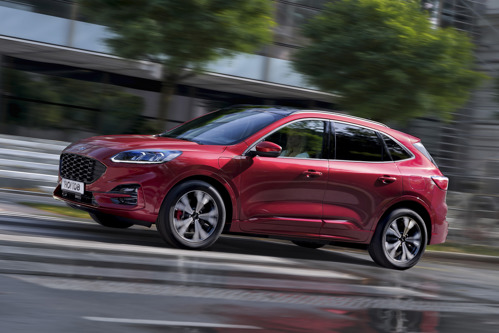
Ford has thrown everything it knows into the Kuga, which is a mainstay of its model line-up. You can have petrol and petrol-hybrid models, including a plug-in version to suit any economy-minded drivers and business users. Inside, the Kuga is very appealing with its roomy, well-appointed cabin, and there’s a generous boot to swallow your luggage. The interior could be a little better finished to help it match its rivals, but there’s nothing wrong with the way the Ford rides and handles.
Hyundai Tuscon
.jpg?rmode=max&width=500)
The Hyundai Tuscon has made a huge leap to the head of this class in its latest form. Gone are the dull looks, replaced by sharp styling that marks out this SUV. It’s backed up by a keen drive and fine handling, while the cabin is made from exemplary materials and packed with standard kit and tech. Some might the rear seats not as spacious as some in the sector, but there’s a big boot. Hyundai doesn’t offer a diesel in the Tuscon, but you can have a hybrid model.
SEAT Ateca

For anyone who wants a bit of sparkle in the way their SUV drives, the SEAT Ateca suggests itself as a top contender. It has a ride and handling balance that few get close to, and it feels much more agile on back lanes than almost every other car in this sector. None of that comes at the expense of the practical stuff and the SEAT has a roomy, well built and appointed interior that’s more than up to the rigours of family use. The Ateca is also keenly priced, though you will have to bear in mind the emissions from its engines are not as low as some others in the segment.



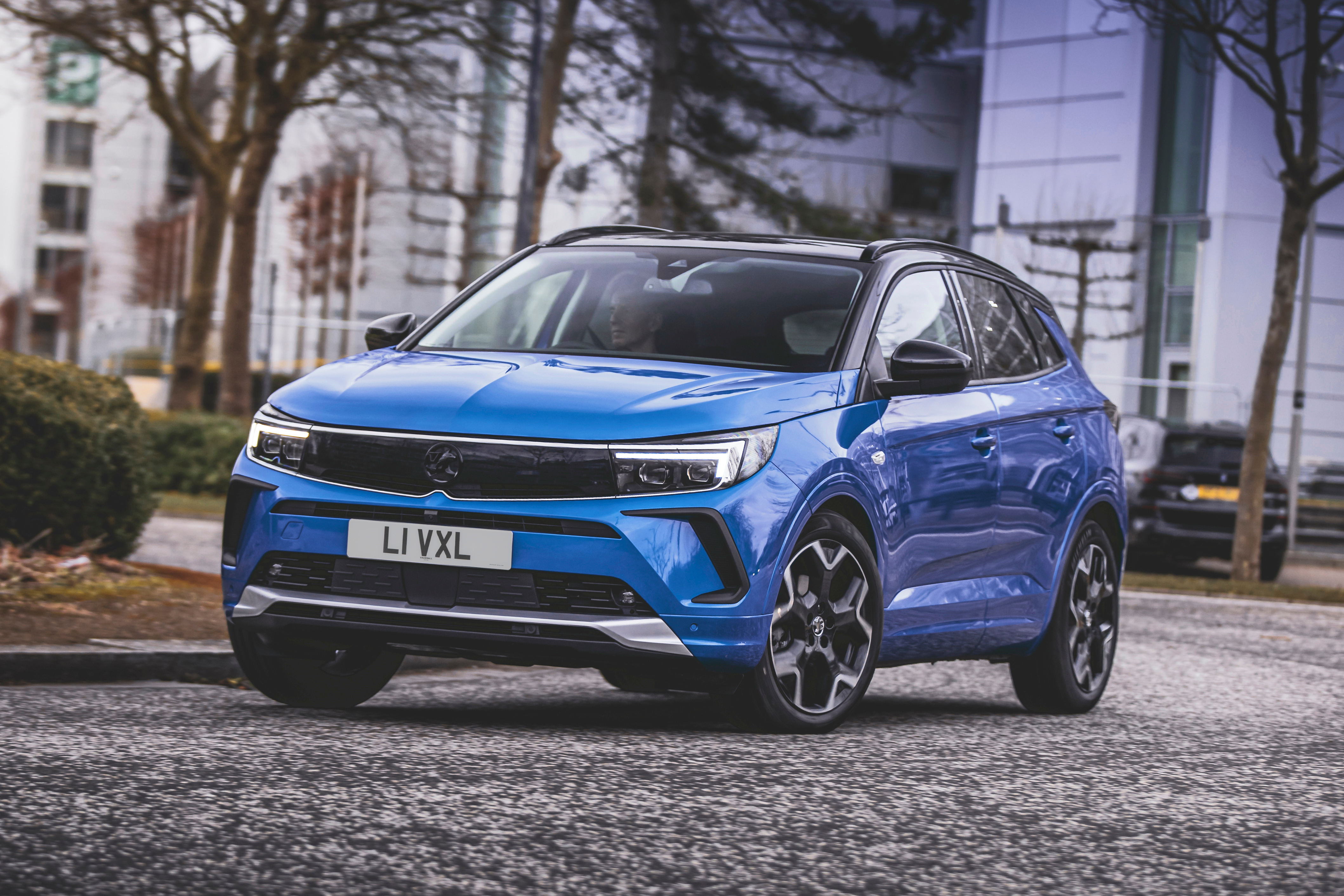
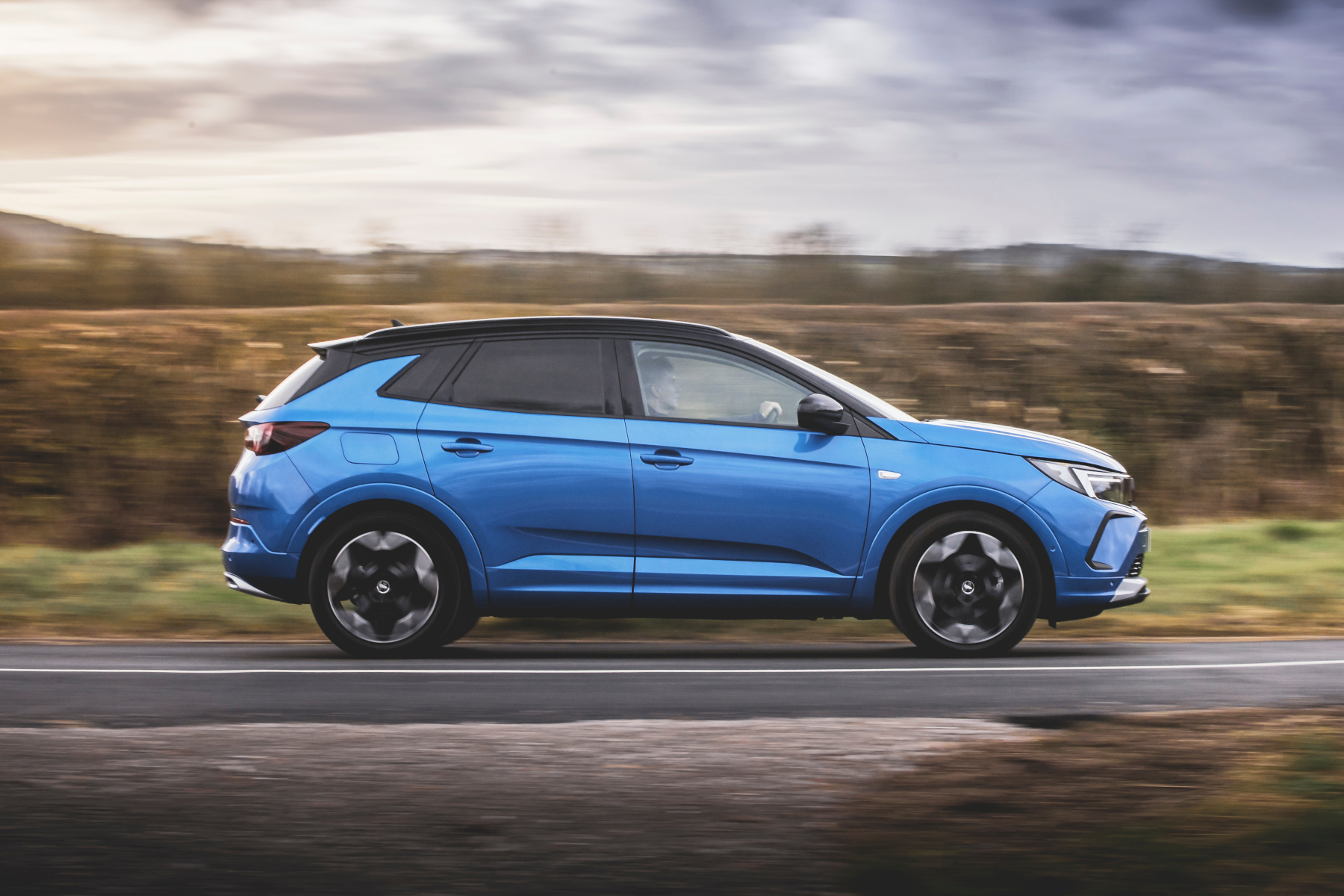

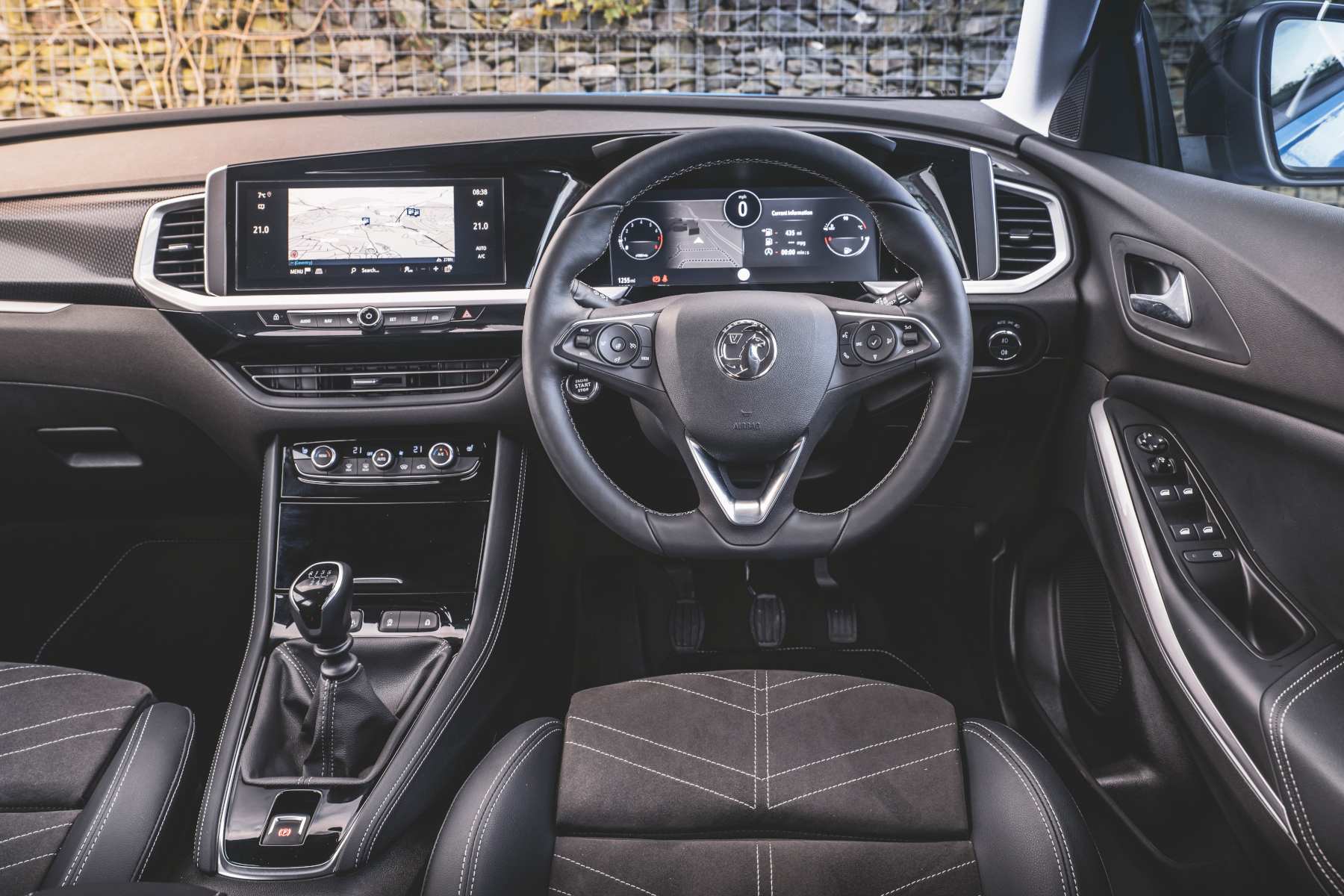
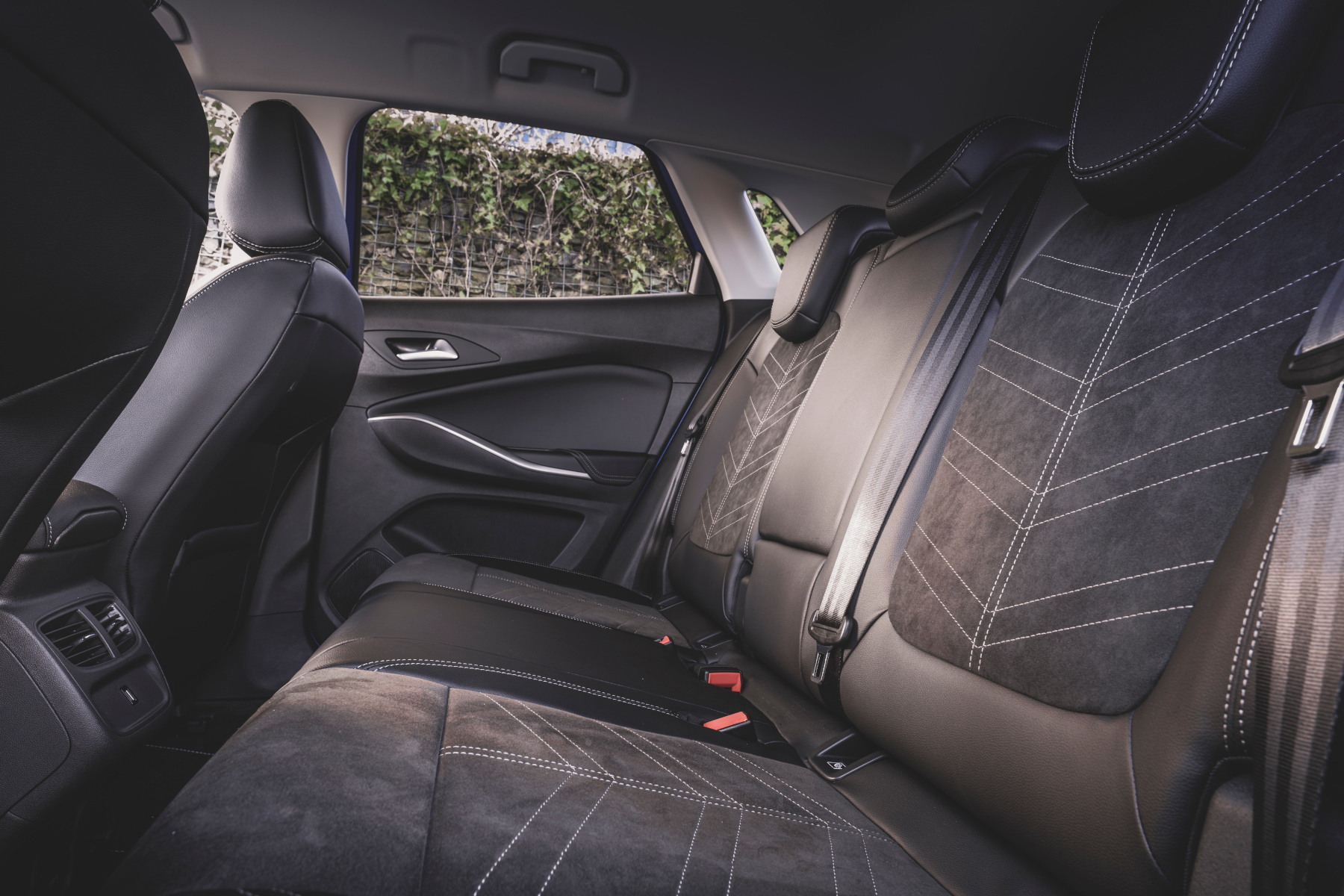

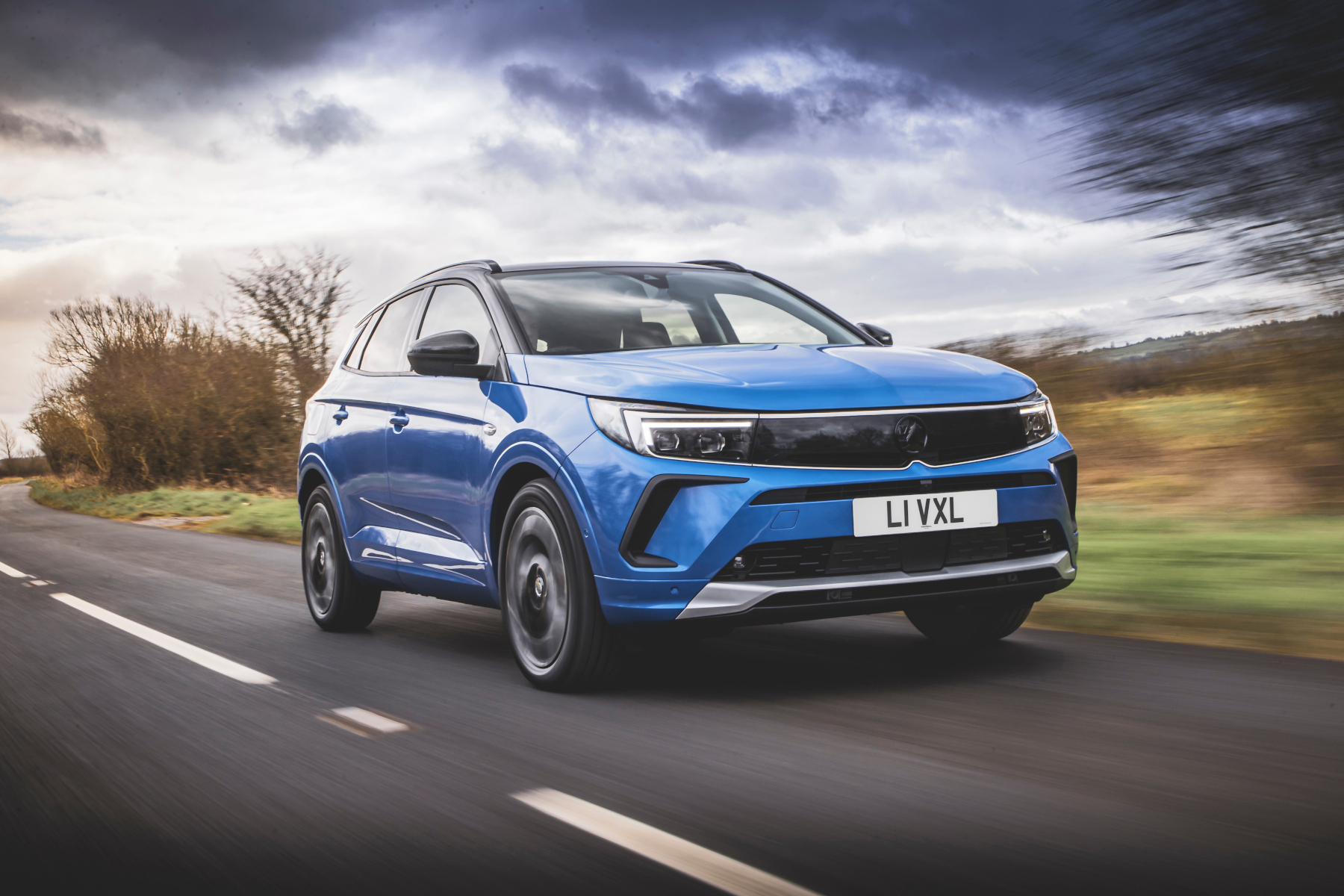
.jpg?rmode=max&width=500)
